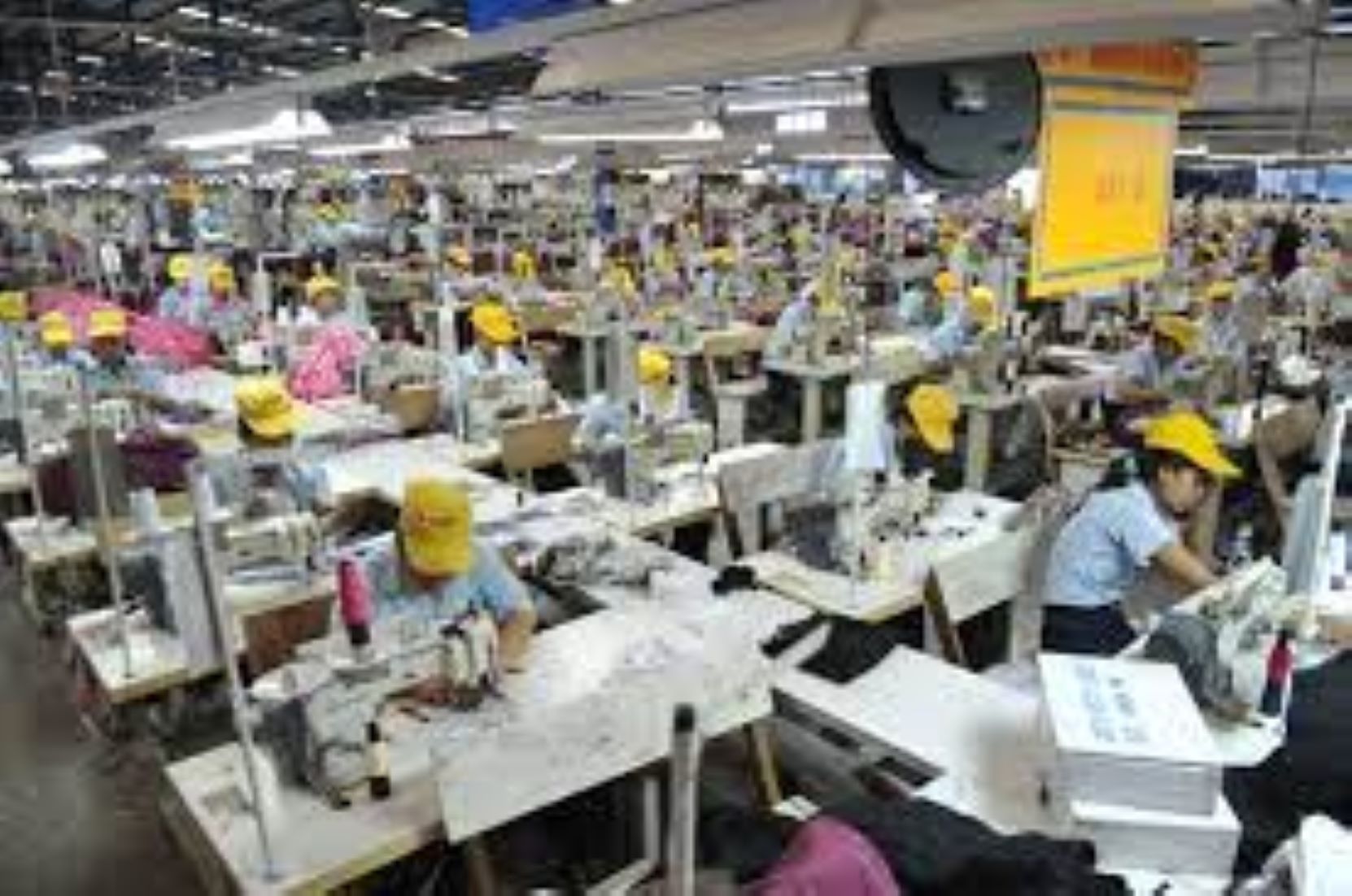HANOI, Jun 21 (NNN-VNA) – Vietnam’s apparel export earnings dropped 17.8 percent to 12.3 billion U.S. dollars, in the first five months of the year, over slowing global demand, showed the latest statistics of the General Statistics Office.
Textiles and garments, Vietnam’s second-largest export earner after smartphones and electronics, earned 44 billion dollars in 2022, helping the country’s economy grow at the fastest annual pace since 1997.
But the industry has struggled so far this year, as consumers in Europe and other big markets cut spending on clothing.
Vietnam is one of the world’s largest textile and garment exporters. However, Vietnamese manufacturers are faced with a sharp decline in orders, as the global textile market is forecast to shrink eight percent this year, to about 700 billion dollars, lower than the demand in 2020 at the onset of COVID-19 pandemic, according to a report by the country’s largest textile and garment maker, Vinatex.
Cao Huu Hieu, chief executive of Vinatex, said, the slowdown in orders, on top of the fact that the manufacturer had to halve pricing for finished products without compromising on quality, has hit its profit margins.
Meanwhile, the weakening of the dong currency has made imports of raw materials more expensive, making it more difficult for garment exporters to honour their orders, which are typically booked months before, said Vinatex chief executive.
Rising interest rates in the first few months of the year also added to the difficulties faced by local manufacturers, he added.
Besides, Vietnam has lost the advantage of low labour costs, as the average monthly wage for garment workers is currently around 300 dollars, higher than the global average of 200 dollars, according to Trading Economics.
The hit to the textile and garment industry is more severe because, ongoing power shortages in northern Vietnam have curtailed production, said local manufacturers.
Textile and garment businesses are looking to the second half of the year, with the hope that easing inflation pressure in major export markets, like the U.S. and Europe, combined with benefits from new-generation free trade agreements, could lead growth of the demand side.
The country’s textile and apparel association forecast exports to reach around 45 billion dollars this year.– NNN-VNA






